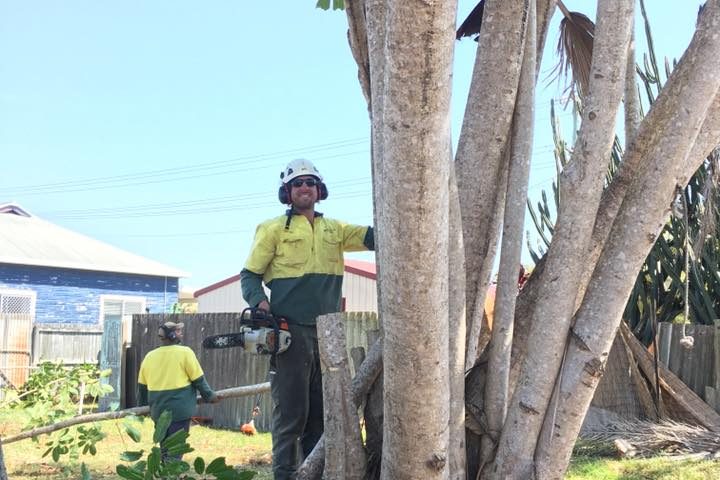Trees play an integral role in our ecosystems. When a tree is removed, the immediate impact is visible in the loss of green space, but the ripple effects extend much further. Soil erosion, decreased air quality and the disruption of local wildlife are just the beginning. In this blog, we’ll delve into the various environmental consequences of tree removal.
Habitat Loss and Biodiversity
The removal of a single tree can displace countless creatures, disrupting nesting sites and food sources. For example, many bird species rely on the high branches of mature trees for nesting, while insects and small mammals may inhabit the tree’s bark and roots.
Diverse ecosystems are more resilient and capable of withstanding environmental changes. Removing trees can reduce this diversity, making ecosystems more vulnerable to diseases and climate fluctuations. To minimise habitat loss and support biodiversity, arborists employ selective cutting and strategic planning. They assess each tree’s ecological role before removal and implement measures to protect or relocate affected wildlife whenever possible.
Soil Erosion and Water Runoff
Trees help maintain soil structure and prevent erosion. Their roots anchor the soil, reducing the risk of erosion, especially on slopes and banks. Without the stabilising effect of tree roots, soil can become loose and prone to erosion. This process can lead to the loss of fertile topsoil, negatively affecting plant growth and agricultural productivity.
Trees act as natural barriers that slow down rainwater, allowing it to seep into the ground. When trees are removed, water runoff can increase, leading to flooding and waterlogging. This damages property and affects local water quality by increasing sediment and pollutant levels in rivers and streams. Methods such as replanting native vegetation and using erosion control fabrics can help maintain soil stability and manage water runoff effectively.
Carbon Sequestration and Air Quality
Trees are critical for carbon sequestration, the process of absorbing carbon dioxide from the atmosphere and storing it. This function helps mitigate the effects of climate change by reducing greenhouse gas levels. Each tree removed contributes to a reduction in the area’s overall capacity to sequester carbon. This is particularly concerning given the current focus on combating climate change and reducing carbon footprints.
Trees also filter airborne pollutants such as nitrogen oxides, ammonia and particulate matter. The loss of trees can lead to a decrease in air quality, which can affect the overall environment. To address these concerns, integrating carbon offset strategies like planting new trees to replace those removed can help ensure carbon sequestration continues and air quality is maintained.
Need Tree Removal in Ballina?
Adopting responsible practices can help mitigate these effects. By assessing which trees pose a risk or are necessary to remove, you can preserve as much of the natural environment as possible. Additionally, collaborating with local communities and property owners to raise awareness about the importance of trees and promoting responsible management strategies for their removal are crucial steps towards minimising environmental damage.
At Summerland Tree Services, we are committed to responsible tree removal practices. We offer scheduled and emergency services to meet your needs. We also offer stump grinding, mulching, deadwooding and tree trimming in Ballina. Contact us today!

